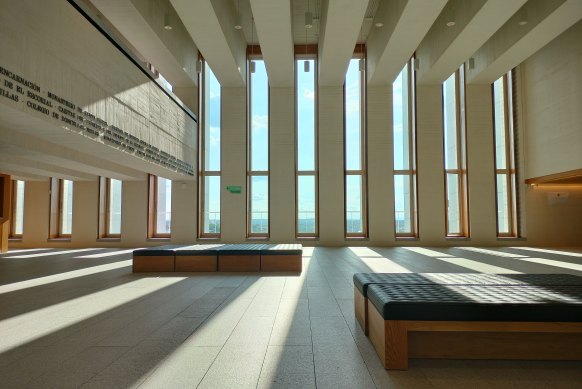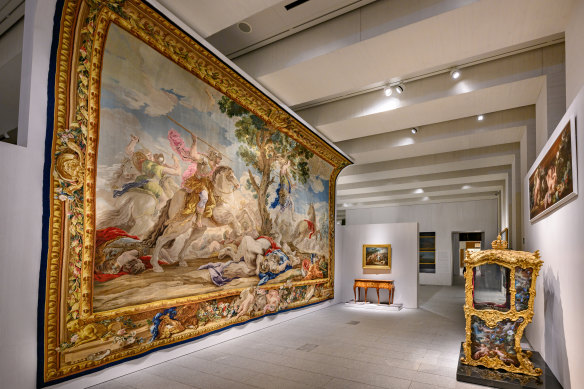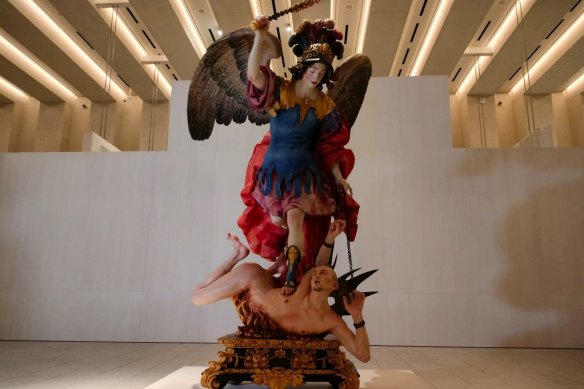Striking new gallery finally opens after almost 100 years
Even before it opened, Madrid’s new Royal Collections Gallery was drawing accolades.

The Royal Collections Gallery received 10 architectural awards before it even opened.
The building, designed by late, great Spanish architect, Luis Moreno Mansilla and his business partner, Emilio Tunon, received 10 significant architecture awards by the time the doors swung open to the public in June, including the 2017 American Architecture Prize.
The eight-storey Modernist gallery, with seven floors under street level, is built on the steep hillside opposite the Spanish capital’s royal palace and the Almudena Cathedral. Under construction from 2006 to 2015, the Royal Collections Gallery (Galeria de las Colecciones Reales) had actually been in the works for almost 100 years. First conceptualised in the 1930s and finally green-lit in 1998, the undertaking cost a reported €172 million ($281 million).

The gallery features 170,000 items including works by Goya, Caravaggio, Velazquez and El Greco.
European art lovers can now finally feast on the collection inside. It comprises 170,000 items including works by Goya, Caravaggio, Velazquez and El Greco, much of it pulled together by the Habsburgs, who ruled Spain from 1516 to 1700, and the Bourbon dynasty that presided 1700 to 1868 (albeit with a break of a few years).
The inaugural exhibition features 650 pieces that represent the scope and importance of the inventory, including works from what is considered one of the world’s greatest assemblages of Flemish tapestries and compositions that have never previously been exhibited in public such as Saint Michael the Archangel Defeating the Devil, a 1692 wooden sculpture by Luisa Roldan, the first woman appointed as a Spanish court sculptor, a rarity in European art circles of the time.

Saint Michael the Archangel Defeating the Devil.
Caravaggio’s 1607 Salome with the Head of John the Baptist, one of just a few Caravaggio paintings in Spain, is also on display. Other items include armoury, royal furniture, ornate carriages and motor cars.
A portion of the city’s Arab wall, including one of Madrid’s original gates, was uncovered during construction and is incorporated into the gallery behind glass viewing walls.
National heritage agency, Patrimonio Nacional, which was formed to manage the Crown’s legacy and sites for the Spanish people, is the custodian of the gallery.
The exhibited works will be replaced regularly with pieces from the archived collection, one third at a time.
Sign up for the Traveller newsletter
The latest travel news, tips and inspiration delivered to your inbox. Sign up now.